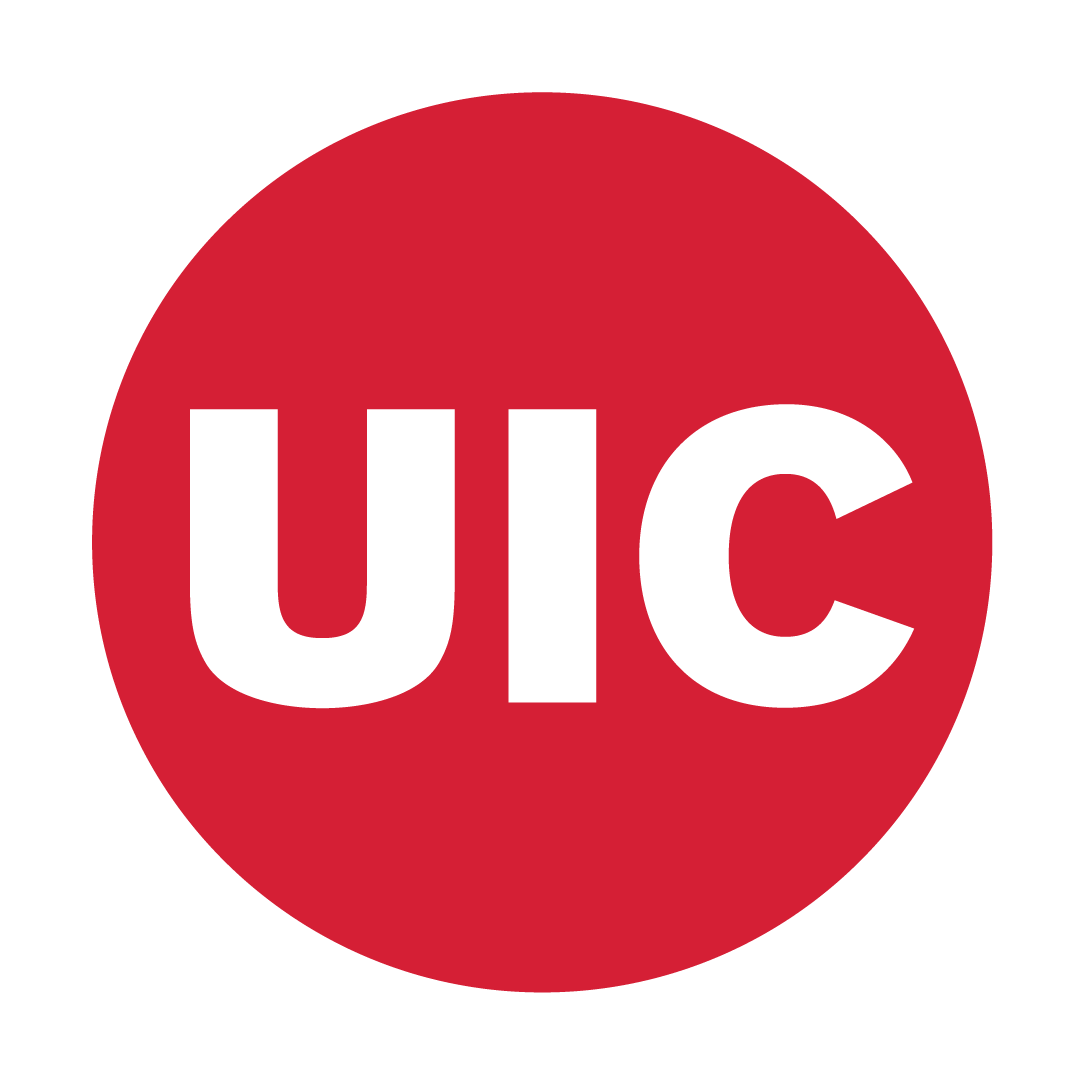Our Team
Our team is composed of researchers, staff, and research assistants from several institutions who have joined together for this project:





LTEC-2 is a collaborative NSF STEM+C project that seeks to understand how to integrate computational thinking (CT) into elementary mathematics. This work involves the development and evaluation of integrated elementary mathematics activities focused on fractions in 3rd and 4th grades with CT and computer science (CS) concepts that align to learning trajectories for elementary CT. Our research investigates how students’ understanding of fractions is influenced by experiences with integrated lessons that combine mathematics and CT.
This project is a collaborative effort between researchers, staff, and research assistants from the University of Florida, UChicago STEM Education, the University of Illinois-Chicago, Loyola University Chicago, and the University of Illinois-Urbana Champaign.
With the rapid proliferation of computer science (CS) and computational thinking (CT) in elementary schools, there is a growing need to understand how to integrate this subject area into existing instruction. One way of integrating CS and CT into elementary instruction is to integrate it into mathematics instruction. However, there are many questions about how this integration should take place, the effect of integration on disciplinary learning, and the learning progressions that would inform which computational concepts should be taught across the grades. This project seeks to address these issues by (1) designing integrated lessons that can be tested out in elementary classrooms, (2) developing assessments for CT, and (3) investigating whether integrated instruction leads to increased student learning in the area of fractions.
The following four research questions guide the LTEC-2 project:
This study makes use of a mixed methods design. In the first two years of the study, the research team primarily used a qualitative methodology involving classroom observations and teacher interviews with the purpose of iteratively refining the math + CT lessons and assessments. We also used cognitive interviews with think-aloud protocols to begin learning how students’ thinking processes demonstrate CT concepts along the CT learning trajectories. In the last year of the study (2019-2020), we are using a quasi-experimental design to evaluate the impact of the integrated lessons on students’ understanding of fractions. Treatment and control classrooms both use the same mathematics curriculum (Everyday Mathematics, 4th Edition). The treatment classrooms also attend professional development about CT, integration, and the integrated lessons. The teachers in the treatment condition also implement the integrated lessons while the control classrooms will use the standard mathematics curriculum. At the same time, the research team is continuing to conduct cognitive interviews with students to gain a deeper understanding of students’ thinking about CT concepts.
Our team is composed of researchers, staff, and research assistants from several institutions who have joined together for this project:





The following videos can give you a sense of the background and history of the LTEC project. These videos have been presented at the NSF STEM Video Showcase.
Want to keep up to date with Everyday Computing? Follow up on Twitter or send us an email!